In the daily dynamics of the B2B market, maintenance of business premises is often reduced to a minor line item in the operational budget. But the space is the first and last physical touchpoint a user has with your brand; it speaks before any presentation begins and stays in memory long after the meeting room lights go off.
If neglected, untidy, or inconsistent, the message you send is not neutral but negative. In a society where reputation is measured by experience, hygiene becomes the core of every impression: clean hands, dry floors, no unpleasant odors, and no empty dispensers.
A strategically managed hygiene model is not a cost to be “swallowed”; it is an investment that directly protects people’s health, enhances reputation, and reduces operational risks. When procedures are established, dispensers are full, and protocols clear, the space works in your favor. Properly organized maintenance of business premises turns hygiene into a daily habit.
Related topic: General cleaning of business premises: More than just shine, the foundation of business reliability
Let’s check together where the critical points are. Contact: +381 66 811 83 80, office@invekta.rs.
Hygiene in maintenance of business premises: Standards, zones, and priorities
Hygiene is the foundation of every quality maintenance of business premises system. To keep the facility truly clean and safe, it is necessary to define:
Critical zones (frequently touched surfaces)
Door handles and handrails, elevator buttons, chair backs, switches, payment terminals, faucets, dispensers, refrigerator and microwave handles, drain grates and traps, and all horizontal edges at hand height. Restrooms are always the most sensitive point—there is no room for improvisation here.
Clear distinction between “cleaning” and “disinfection”
Cleaning removes dirt; disinfection destroys microorganisms. Disinfectants must remain on the surface for the prescribed contact time to be effective.
Color-coded equipment systems
Different colored cloths and brushes for toilets, kitchens, offices, and general surfaces prevent cross-contamination.
Closed systems and proper dosing
Closed soap and paper towel dispensers reduce contact, consumption, and contamination risk. We recommend paper towels over electric dryers in facilities where speed and hygiene are priorities.
Record keeping and control
Short checklists on walls or in apps, signed and timestamped, turn hygiene into a verifiable standard.
Cleaning and Disinfection Frequency:
- Frequently touched surfaces: every 2–4 hours during active daytime, mandatory after peak visits.
- Restrooms: checked every 2 hours; soap and towels replenished as needed; contact points disinfected multiple times daily.
- Kitchens and shared dining areas: after each shift and every major meal break.
- Floors in corridors and entrances: daily, with quick stain removal as needed.
Water and drains
Regular cleaning of traps and grates prevents sediment buildup and biofilm formation, as well as unpleasant odors. Preventive flushing of drains with clean water and disinfectant keeps installations safe.
Hand hygiene
Liquid soap and single-use paper towels provide the fastest and safest results. Electric dryers disperse tiny droplets and prolong toilet occupancy, so paper towels are recommended in busy facilities.
Odor management
A neutral scent signals cleanliness. Masking strong odors creates an impression of hiding a problem. The source (drains, bins, hidden edges) should be addressed, and the space ventilated.
Related topic: Workplace hygiene – The key to health and productivity
Need hygiene standards by zones? Write to office@invekta.rs or call +381 66 811 83 80.
Maintenance of business premises as a strategic risk management issue
When an extraordinary repair cost appears in the profit and loss statement, it often results from the cumulative effect of neglecting hygiene and servicing. Water leaks, flooring degradation, drain blockages, and unpleasant odors—all scenarios carry a direct financial hit and reputational risk.
From a risk matrix perspective, maintenance of business premises stands shoulder to shoulder with data security or supply continuity. The more evenly the investment is spread over time, the greater the avoided cost.
A hygiene strategy works as an early warning system. Indicators such as the frequency of minor interventions, response times, consumption of disinfectants, and number of user complaints provide analytical signals for predictive planning. This way, you don’t just put out fires—you prevent them. Thus, maintenance of business premises becomes an active risk management tool.
Related topic: Clean food factory – A priority condition for healthy food production
Call +381 66 811 83 80 or email office@invekta.rs to learn how to reduce risks and costs in your facility.
Financial perspective on maintenance: From expense to capitalization
At first glance, the budget for cleaning and maintenance appears as a fixed expense. But when you add up all costs, it becomes clear that a good hygienic and compliant plan reduces major expenditures on:
- Extended equipment and interior lifespan — polishing and protecting floors delays their replacement.
- Reduced energy consumption — clean surfaces and filters in machines operate more efficiently; precise dosing of chemicals and water reduces waste.
- Fewer emergency interventions — hygienic protocols minimize downtime, slips on wet floors, and costly urgent response teams.
- Less employee sick leave — orderly spaces, clean air, and regular disinfection of high-touch points reduce absenteeism.
Over a five-year calculation, cumulative savings typically exceed the initial maintenance budget. In other words, maintenance of business premises stops being a cost and becomes an investment that preserves the value of the facility and the people in it.
Related topic: Machine polishing for a dazzling shine of tiles in public spaces
Call +381 66 811 83 80 or write to office@invekta.rs to find out how much savings a proper maintenance plan can bring.
Maintenance of business premises as nonverbal communication
The impression of quality is formed within the first few seconds. A shiny floor without marks, a neutral scent, full soap and paper towel dispensers that dispense neatly—these are the details that convey the message that the company operates at high standards. When maintenance of business premises is consistent, this impression becomes the rule. However, if you find an empty dispenser or smudged glass, that inconsistency erases the trust you have built.
A brand in a physical space is protected through three dimensions: consistency (the same standard every day), reliability (no “looking the other way”), and emotional impact (the user feels security, not concern). Hygiene is the common denominator of all three. Therefore, maintenance of business premises ceases to be just a technical function and becomes part of corporate communications.
Related topics: What is the significance of facility cleaning for your business?
Want us to check how your space “speaks” about your brand? Write to office@invekta.rs or call +381 66 811 83 80.
Operational resilience through maintenance
A company’s resilience depends not only on data backups or a solid crisis plan. It is also built in the space where people work, where value is created, and where physical problems can halt operations.
When a restroom is unusable due to a burst pipe or a conference room loses ventilation during summer heat, all digital tools become irrelevant. A strategic maintenance of business premises model involves mapping critical points, planning interventions, and establishing clear lines of responsibility similar to a business continuity plan.
Related topics: Maintenance of facilities for maximum productivity and success in every industry
Develop a resilience plan for your facility—call +381 66 811 83 80 or write to office@invekta.rs.
Environmental and social responsibility in maintenance of business premises: Sustainability that matters
An increasing number of tenders in the B2B sector require clear environmental and social standards. Companies demonstrating use of biodegradable chemicals, optimizing water and energy consumption, and training staff in “green cleaning” principles gain advantages in procurement.
Additionally, internally communicating ecological achievements raises employee morale and contributes to employer brand building. A program integrating these standards into maintenance of business premises therefore delivers double value: meeting external requirements and strengthening internal responsibility culture.
Related topics: Maintaining hygiene in shopping malls both inside and outside – From ceiling to floor!
Call +381 66 811 83 80 or write to office@invekta.rs to learn how your space can meet ecological standards.
Implementation of maintenance of business premises: From strategy to daily routine
Formulating a maintenance of business premises policy means translating it into clear operational steps; without this, everything remains an ambition. Invekta applies a model that turns strategy into daily hygiene routine:
Goal
We define what “clean” means for each zone. In the hallway, dust- and footprint-free floors. And in restrooms, all dispensers full, dry surfaces, no lingering odors. In kitchens, worktops free of grease marks. Standards are measurable and visible.
Facts
Recording status, visitor numbers, surface types, soiling frequency, number of complaints, chemical and water consumption. These are inputs for key performance indicators. Without data, the plan is a guess.
Targeted Resources
We select chemicals and equipment by zone and material. For high-traffic restrooms, closed soap dispensers and single-use paper towels. And for offices, microfiber and neutral pH 7 products. For floors, products with controlled foaming and anti-slip additives where needed.
Frequent Monitoring
Routine supervision and micro-inspections. Each room has a short checklist (visual standard + scent + dry surfaces). The manager sees in real time which zones lag and why.
Cyclical Training
Short, focused sessions (15–30 min) whenever new chemicals or equipment are introduced.
Continuous Improvement
Monthly review of key performance indicators and adjustment of rhythm. If consumption rises, dosing changes; if complaints about odors accumulate, additional micro-disinfection is introduced. The system evolves with the space.
Although the steps are numbered, implementation is cyclical; each pass brings new insights, and the plan constantly adapts to changes in usage frequency and structure.
Related topics: Održavanje čistoće poslovnog prostora – Težak izazov ili rutinski posao?
Let’s translate strategy into daily routine. Contact us to get a detailed plan for each room. +381 66 811 83 80
Maintenance of business premises as a company’s strategic signature
In the experience economy, details matter. Hygiene is their beginning and end — it protects people, safeguards the brand, and keeps operations under control. Therefore, maintenance of business premises is not a support function but strategic capital; it preserves reputation, extends the asset’s lifespan, and reduces unexpected costs.
Related topics: The future of maintenance of business facilities
Ready to elevate hygiene to a strategic level? Call +381 66 811 83 80 or write to office@invekta.rs and discover how Invekta turns cleanliness into a business advantage.
Join our mailing list for brief, relevant, and actionable maintenance tips delivered straight to your inbox.

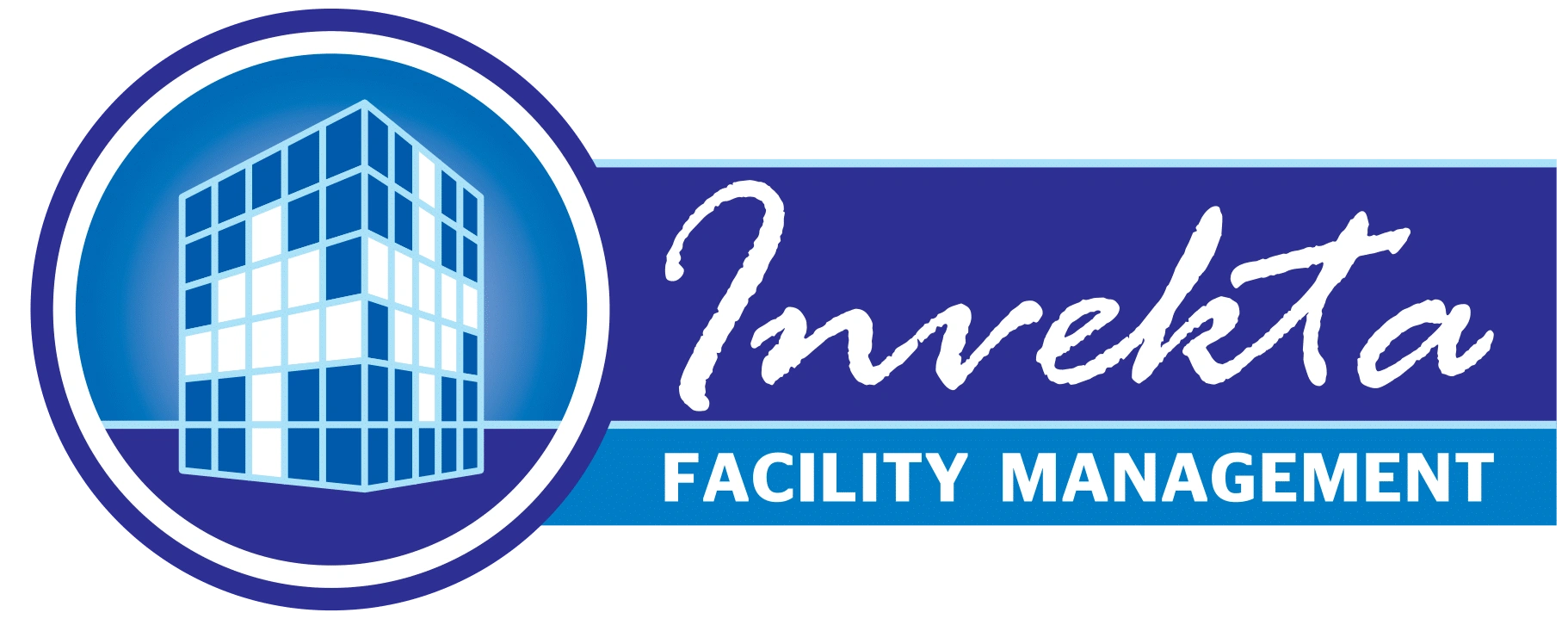
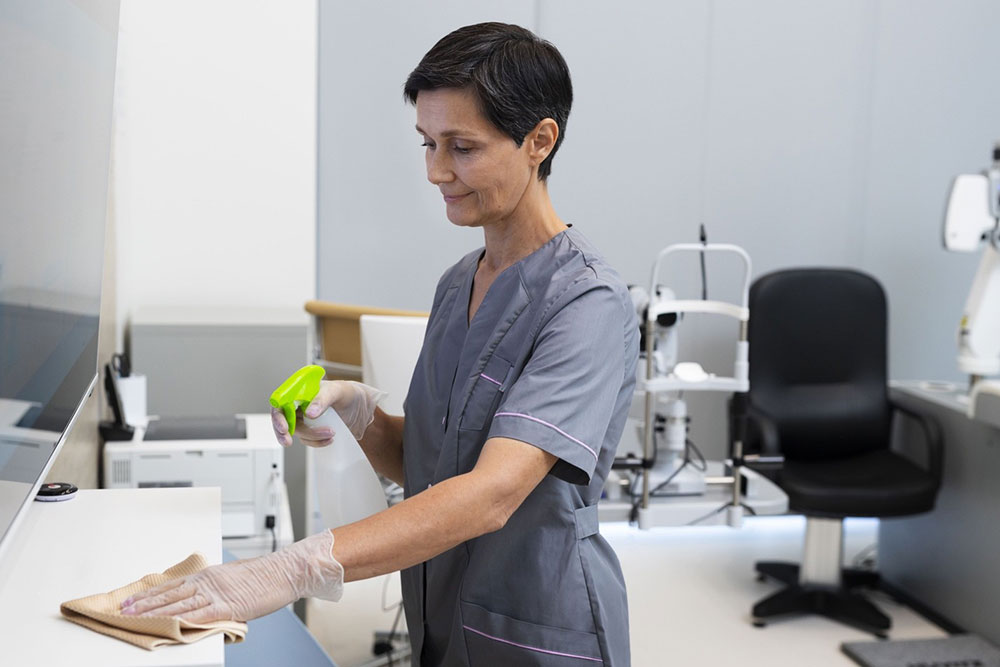
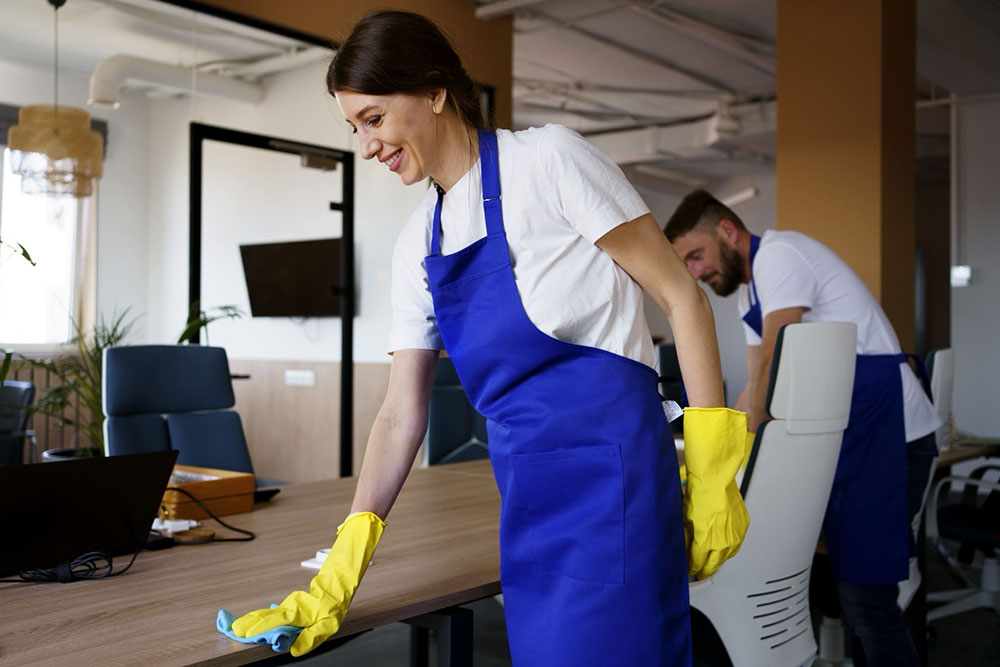
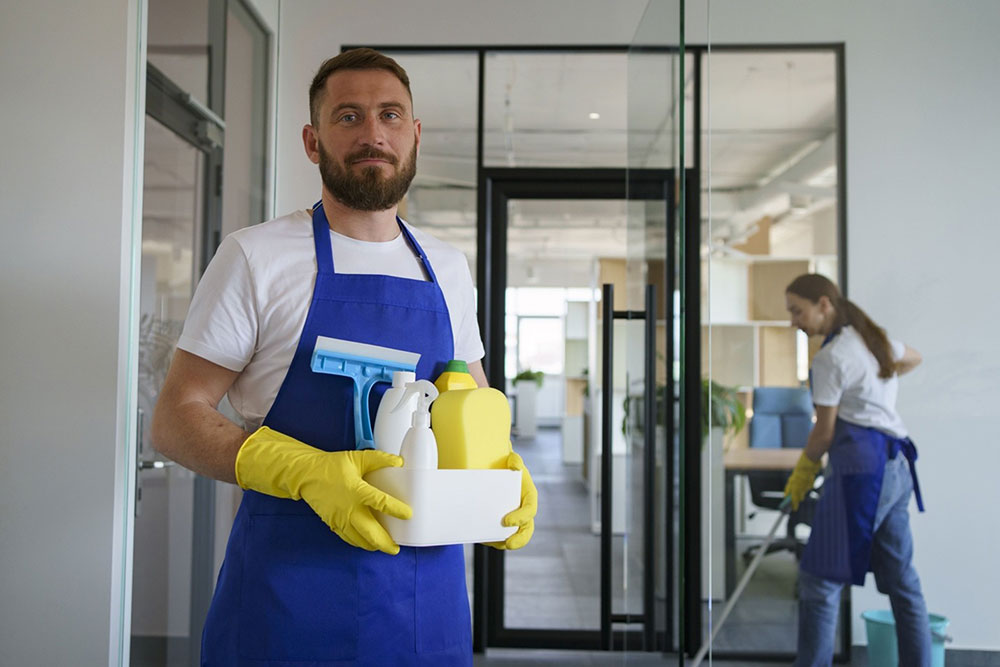
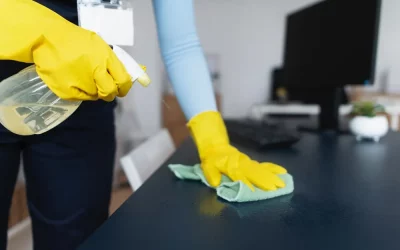

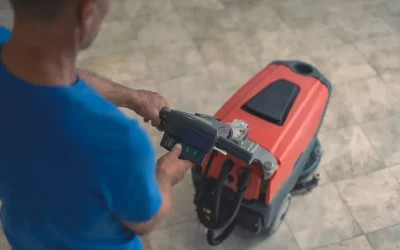

0 Comments